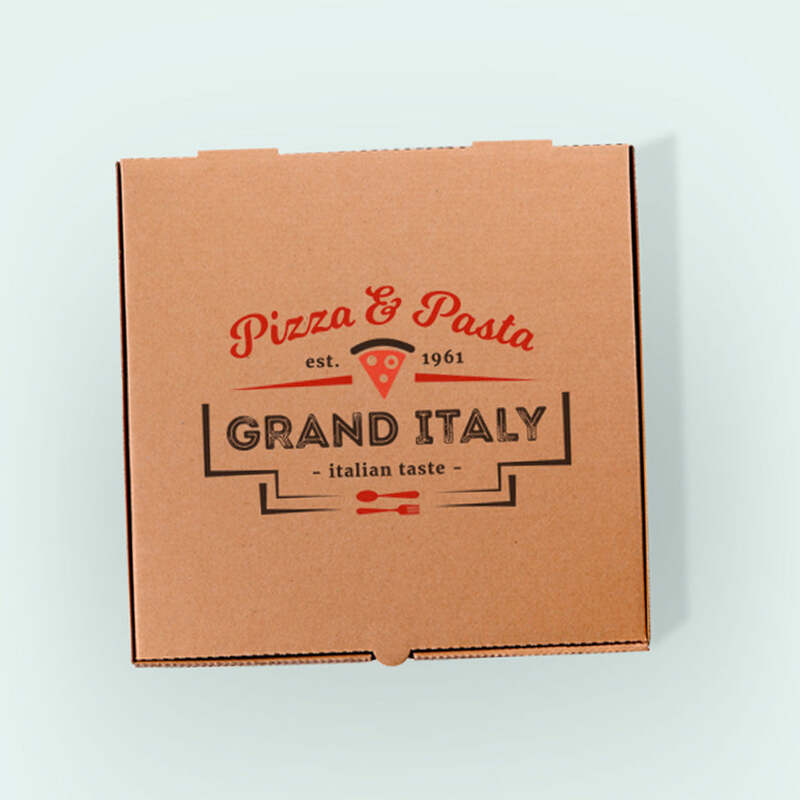The Rise of Disposable Food Packaging Environment, Convenience, and Future Solutions
In today's fast-paced world, the demand for convenience has led to an exponential increase in the use of disposable food packaging. From single-use containers to pre-packaged meals, this form of packaging has transformed the way we consume food. However, while it offers undeniable benefits, it also poses significant challenges, particularly concerning environmental sustainability.
Disposable food packaging, often made from plastics, polystyrene, and other non-biodegradable materials, is primarily designed for convenience. It allows consumers to enjoy meals on-the-go without the need for extensive clean-up. This ease of use is particularly appealing for busy individuals and families who might not have the time to prepare and serve meals in traditional, reusable containers. Fast food restaurants and takeout services heavily rely on these materials to cater to the immediate needs of their customers.
However, the environmental implications of this convenience are alarming. According to the Environmental Protection Agency (EPA), millions of tons of packaging waste are generated each year, much of which ends up in landfills and oceans. Plastics, which can take hundreds of years to decompose, pose a significant threat to wildlife. Marine animals often ingest plastic debris, mistaking it for food, which can lead to injury or death. Moreover, the production of plastic packaging is energy-intensive, contributing to greenhouse gas emissions that exacerbate climate change.
Despite the convenience of disposable food packaging, it is crucial to consider its long-term effects on our planet. There is a growing awareness among consumers about the environmental consequences of their choices. This shift in consciousness is prompting businesses to explore more sustainable alternatives. Many companies are beginning to adopt eco-friendly packaging made from biodegradable materials, such as plant-based plastics or recycled paper. These innovations aim to reduce waste and minimize the carbon footprint associated with food packaging.
disposable food packaging

Moreover, governments around the world are implementing policies to curtail the excessive use of disposable packaging. For instance, some cities have introduced bans on single-use plastics, encouraging consumers to switch to reusable options. These regulations not only reduce waste but also help raise awareness about the importance of sustainable practices in daily life.
Education plays a vital role in changing consumer behavior regarding disposable food packaging. By informing individuals about the environmental impact of their choices, we can encourage a collective shift towards more responsible consumption. Simple changes, such as carrying reusable bags, containers, and utensils, can significantly reduce the reliance on disposable materials.
Looking ahead, the future of food packaging will likely involve a combination of innovation and responsibility. Researchers are exploring advancements in alternative materials, such as edible packaging and compostable containers, which could revolutionize the industry. Additionally, companies that prioritize sustainability in their packaging strategies may find themselves favored by a growing segment of environmentally-conscious consumers.
In conclusion, while disposable food packaging offers substantial convenience, it is essential to acknowledge the environmental ramifications associated with its use. As awareness of these issues grows, both consumers and businesses have the power to drive change towards more sustainable practices. By embracing innovative solutions and making informed choices, we can mitigate the negative impact of disposable packaging on our planet and foster a healthier environment for future generations. The journey towards sustainable food packaging is not just a trend, but a necessary evolution for the well-being of our planet and society as a whole.



